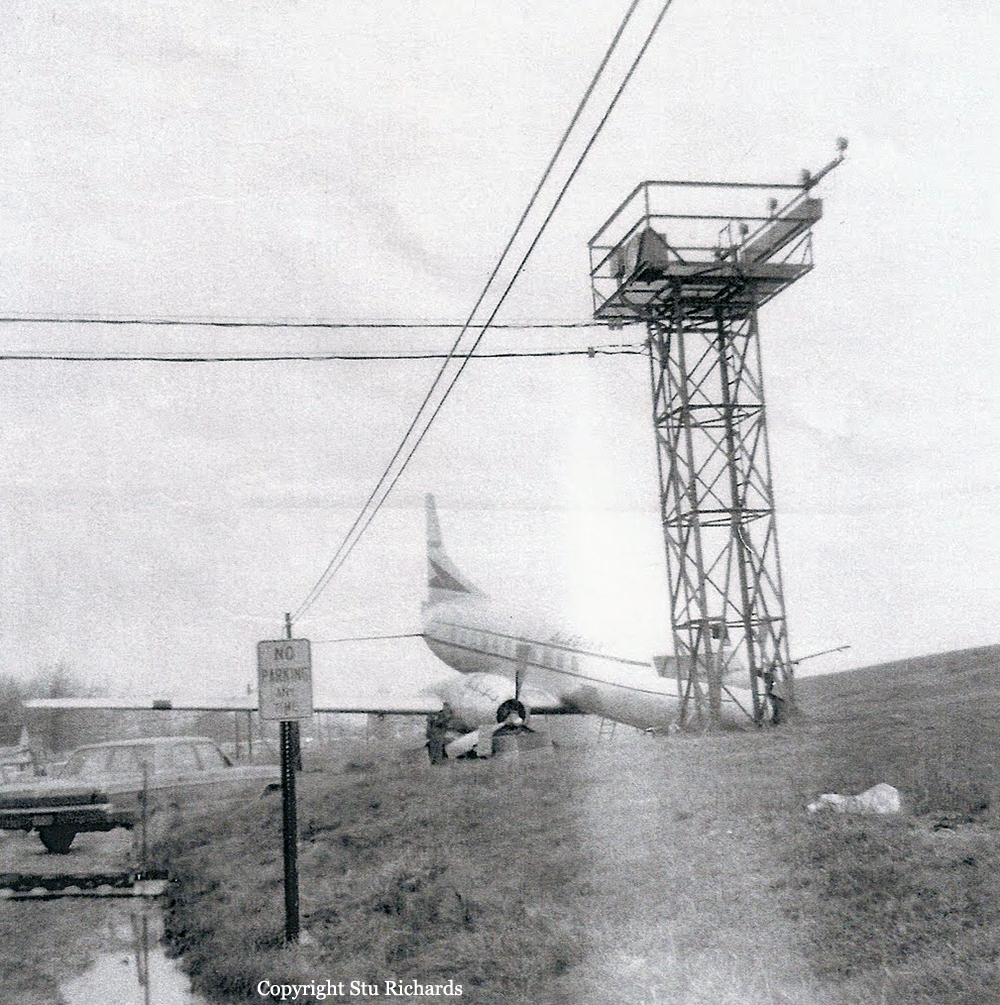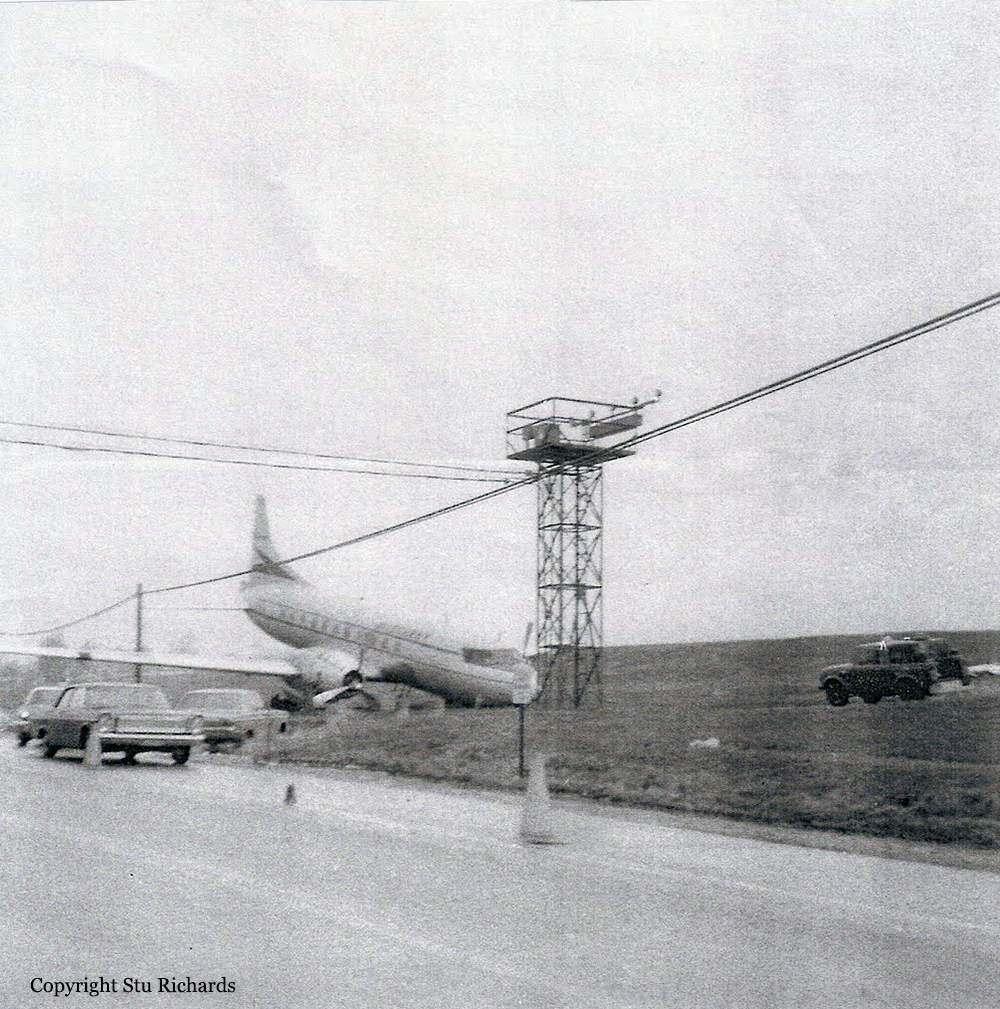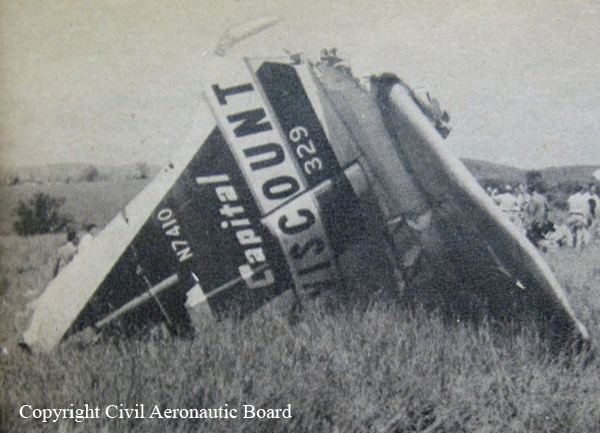Crash of a Piper PA-31-350 Navajo Chieftain in Latrobe
Date & Time:
May 17, 1985 at 2020 LT
Registration:
N66892
Survivors:
Yes
Schedule:
Pittsburgh - Latrobe
MSN:
31-7405191
YOM:
1974
Crew on board:
2
Crew fatalities:
Pax on board:
5
Pax fatalities:
Other fatalities:
Total fatalities:
0
Captain / Total hours on type:
280.00
Aircraft flight hours:
9567
Circumstances:
During an IFR arrival, the aircraft was vectored for an NDB runway 23 approach to the Westmoreland County Airport. At the NDB final approach fix (8.1 miles from the runway), the crew turned inbound and continued to the airport. They contacted the tower and reported over the ILS outer marker (an intermediate point on the NDB final approach, 3.9 miles from the runway). The tower issued the local landing advisories and cleared the aircraft to land. Moments after the copilot advised the captain that they were 15 seconds from the missed approach point, the aircraft collided with trees. Impact occurred 3.8 miles se of the airport at the minimum descent altitude (MDA) of 1,900 feet amsl. An examination of the aircraft records indicated a recurring and current squawk concerning the hsi slaving system. Just before beginning the approach, the Latrobe wind had changed from 230° at 4 knots (a headwind) to a strong quartering tailwind. During arrival the crew were advised the wind was from 340° at 18 knots. They had figured their timing to the missed approach point by using a ground speed of 120 knots. Earlier that day, the same crew and aircraft had terminated the same NDB approach, 1 mile east of the airport. All seven occupants were injured, five seriously.
Probable cause:
Occurrence #1: in flight collision with object
Phase of operation: approach - faf/outer marker to threshold (ifr)
Findings
1. (f) flight/nav instruments,horiz situation ind (hsi) - failure,partial
2. (c) operation with known deficiencies in equipment - performed - pilot in command
3. (f) light condition - dusk
4. (f) weather condition - low ceiling
5. (f) weather condition - fog
6. (f) weather condition - rain
7. (c) ifr procedure - improper - pilot in command
8. Compensation for wind conditions - improper
9. Proper alignment - not maintained
10. (f) terrain condition - high terrain
11. (f) object - tree(s)
Phase of operation: approach - faf/outer marker to threshold (ifr)
Findings
1. (f) flight/nav instruments,horiz situation ind (hsi) - failure,partial
2. (c) operation with known deficiencies in equipment - performed - pilot in command
3. (f) light condition - dusk
4. (f) weather condition - low ceiling
5. (f) weather condition - fog
6. (f) weather condition - rain
7. (c) ifr procedure - improper - pilot in command
8. Compensation for wind conditions - improper
9. Proper alignment - not maintained
10. (f) terrain condition - high terrain
11. (f) object - tree(s)
Final Report:









